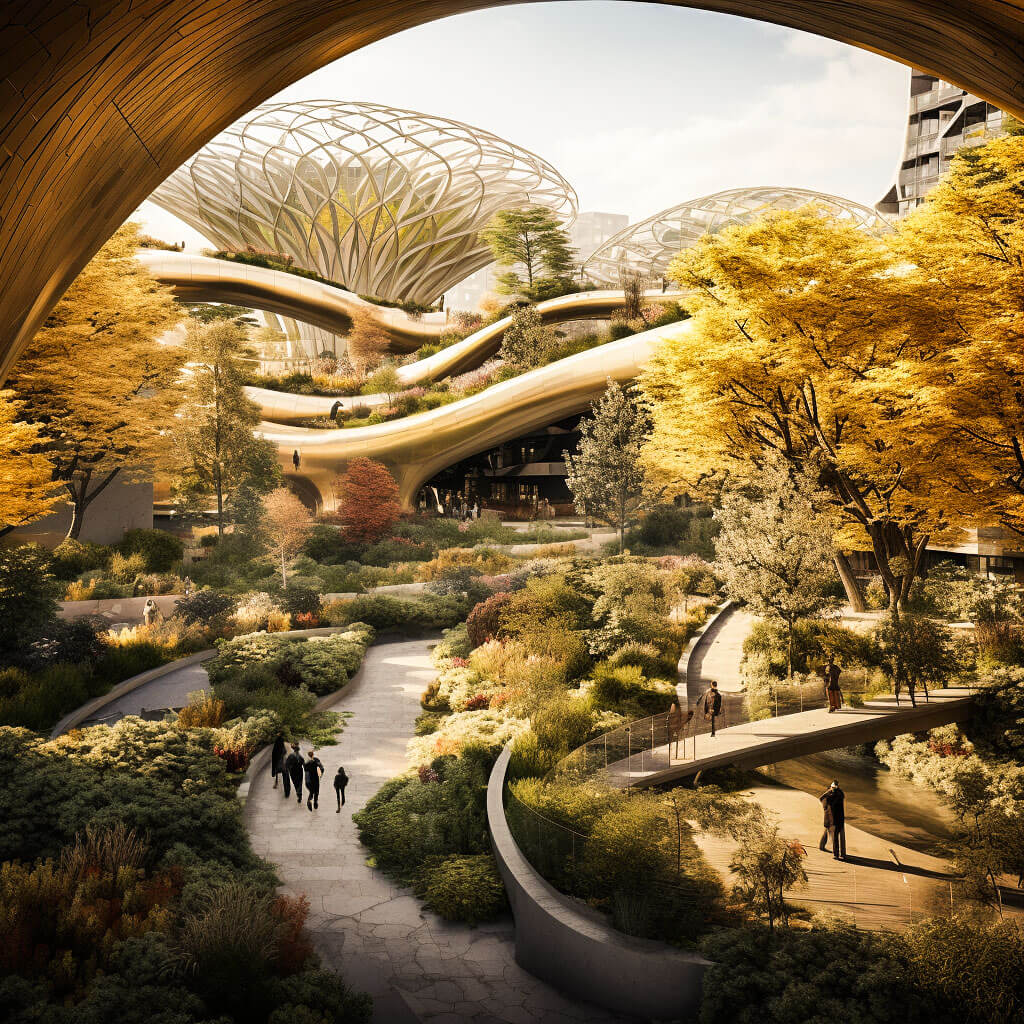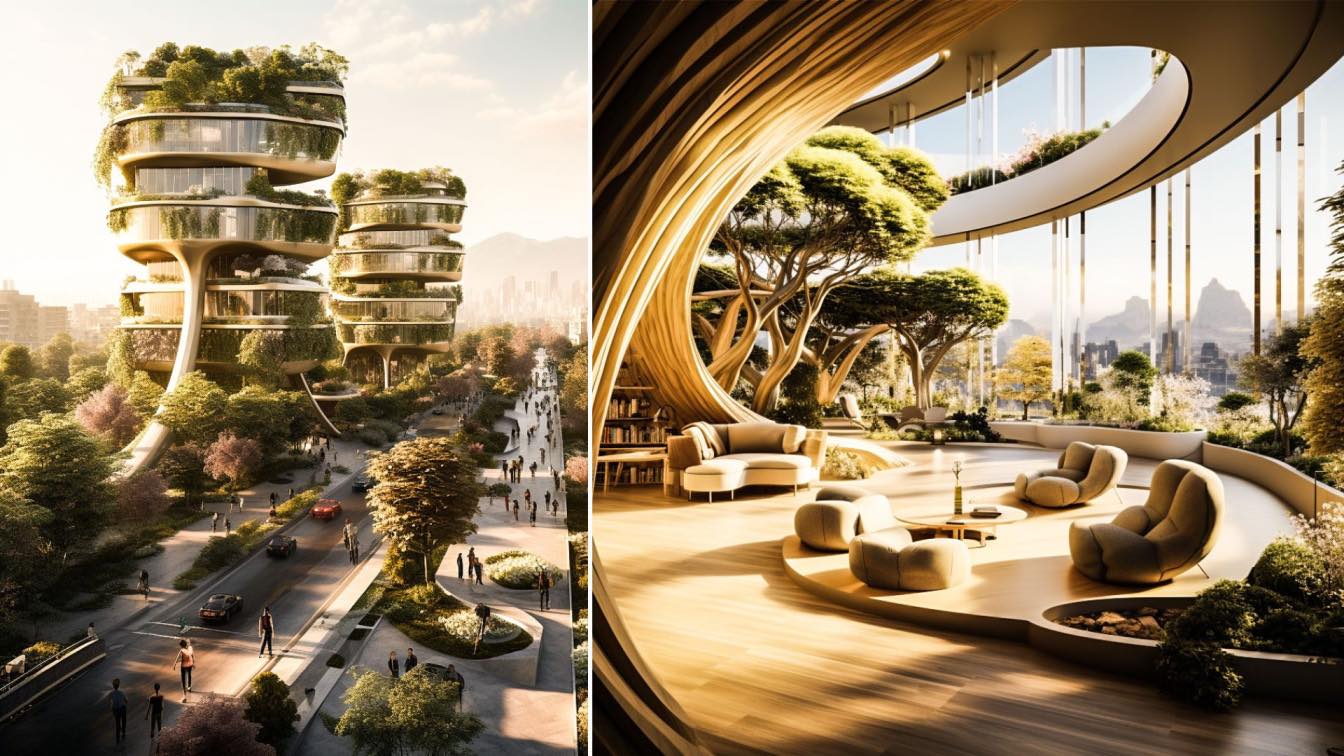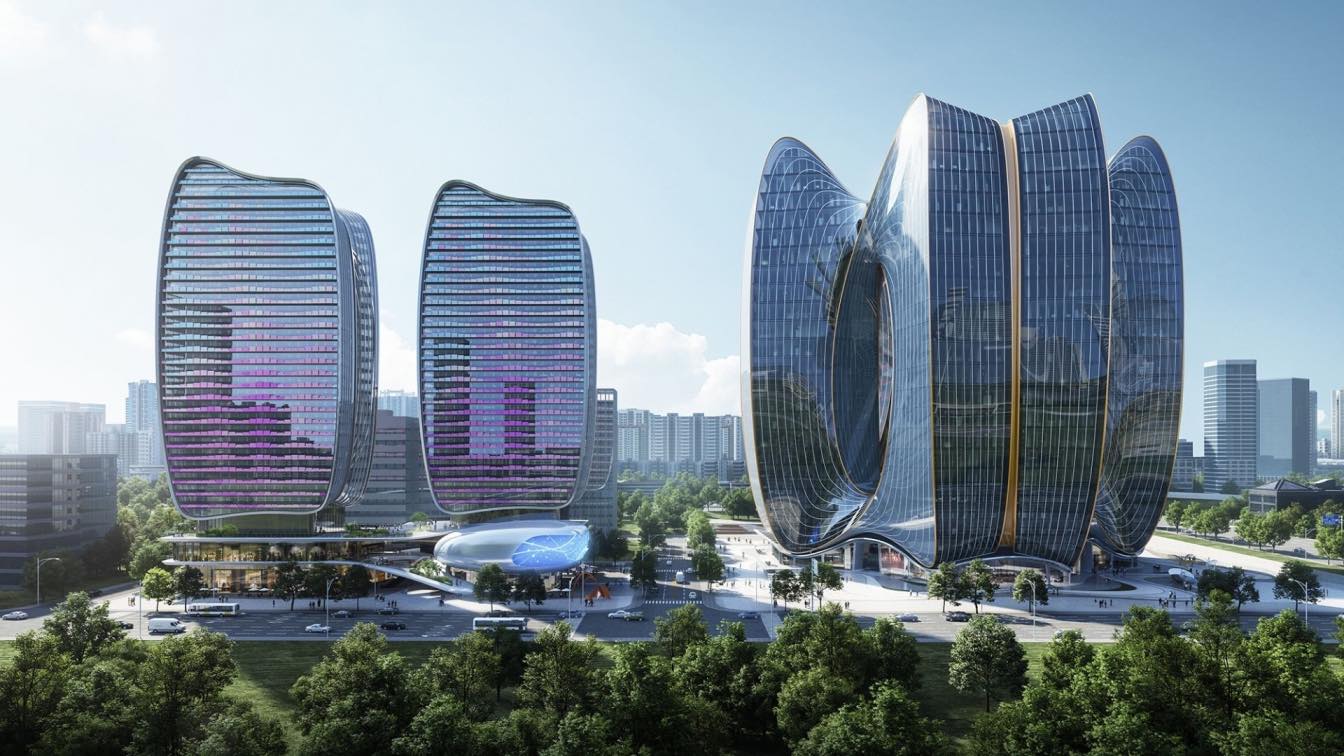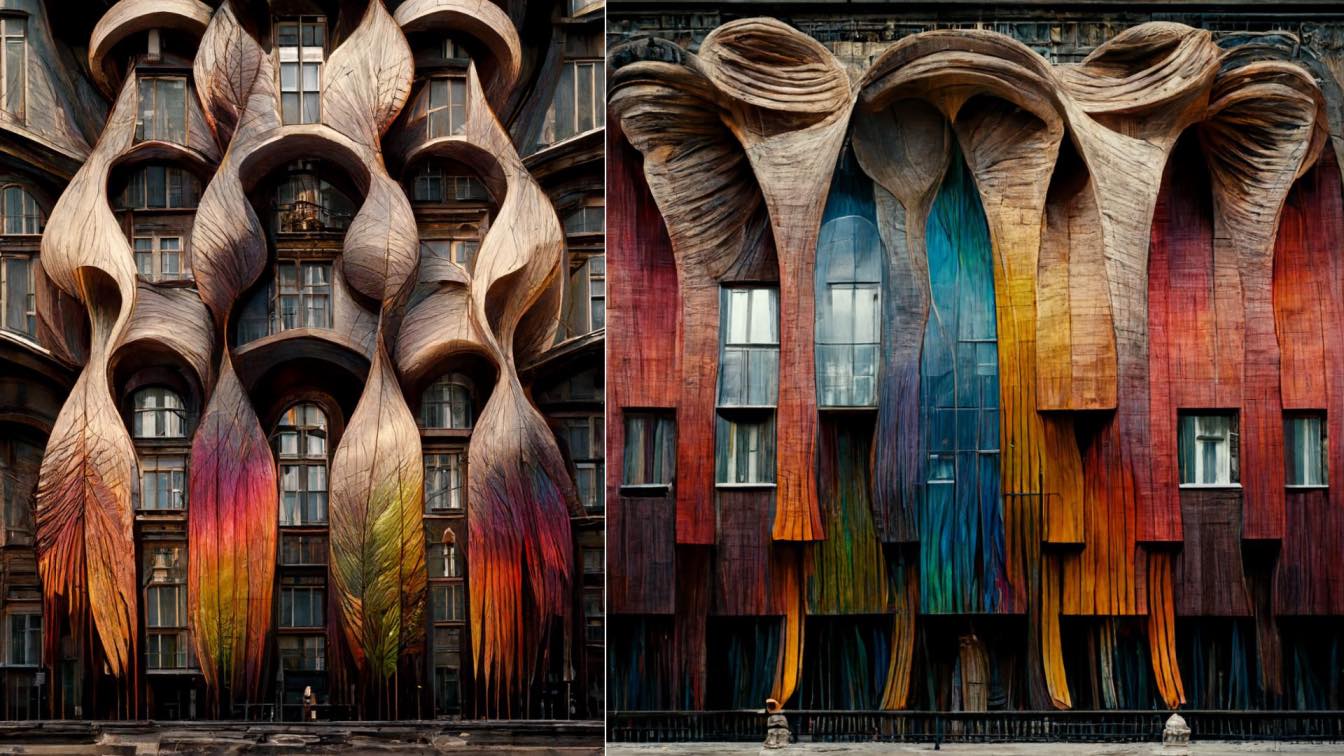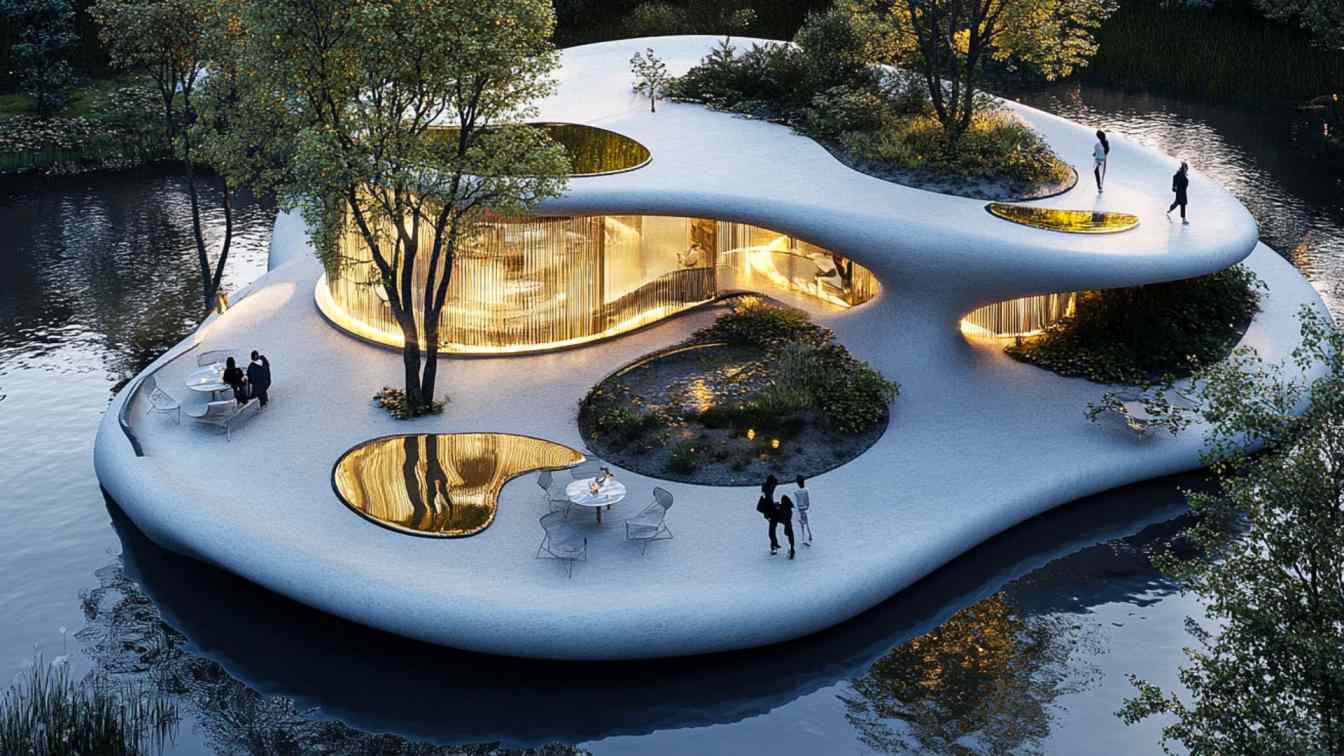Rezvan Yarhaghi: During the epidemic in Tehran, the need for a significant change in the design approach in residential complexes was felt. The architectural landscape in Tehran witnessed a significant transformation in response to the restrictions imposed by the pandemic. With the restrictions that limit outdoor activities, the integration of biophilic principles in the design of residential complexes becomes a significant point.
Considering the challenges faced by residential complexes during the pandemic, the need to use biophilic design elements was felt to increase the well-being of residents. Rooftop gardens, abundant use of natural light, combination of indoor plants, and use of organic materials were essential features in architectural plans. These design elements are intended to simulate natural environments, compensating for the lack of outdoor access during periods of quarantine and restrictions.
The integration of modern architectural design with biophilic elements not only provides a solution to the lack of green spaces, but also contributes to the mental and physical health of the residents. Bringing nature into residential environments provides peaceful spaces, reduces stress and enhances the overall living experience for residents.
Emphasizing biophilic architecture during the pandemic is an approach for designing residential complexes. Beyond the immediate concerns of the pandemic, it paves the way for a more sustainable architectural model that embraces nature. This architectural change not only meets the urgent need for healthier living environments, but also sets a precedent for the development of future urban architecture.











